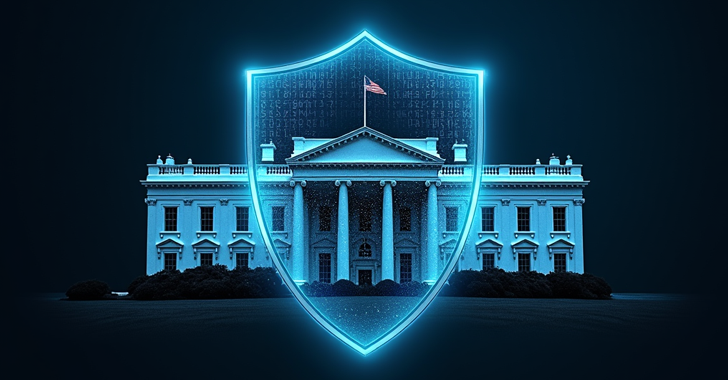U.S. Government Issues New TLP Guidance for Cross-Sector Threat Intelligence Sharing
- November 4, 2024
- Posted by: claudia
- Categories:

The U.S. government has released new guidelines concerning the Traffic Light Protocol (TLP), a critical framework for the classification and sharing of cybersecurity threat intelligence. This protocol primarily addresses the interaction between the private sector, individual researchers, and federal departments and agencies, emphasizing the importance of trust in data handling for effective collaboration in cybersecurity.
According to the government, it voluntarily adheres to TLP markings when handling cybersecurity information that is shared by individuals, companies, and organizations, provided such adherence does not contravene existing laws or policies. This commitment reflects the USG’s intent to enhance collaboration by ensuring that sensitive information is disseminated in a controlled and trusted manner.
The TLP consists of four distinct color-coded categories that dictate the conditions under which information can be shared. These categories include TLP:RED, requiring strict confidentiality and permission for any further disclosure; TLP:AMBER+STRICT and TLP:AMBER, which allow for limited disclosure within organizations and clients; TLP:GREEN, facilitating information sharing among peers and partner organizations but not through publicly accessible channels; and TLP:CLEAR, which permits unrestricted sharing of information.
The National Cyber Director, Harry Coker, Jr., expressed that this new guidance aims to reinforce the mutual respect for trusted information-sharing channels within the cybersecurity community. Coker underscored the significance of nurturing partnerships and collaboration to forge a secure cyberspace, aligned with a collective vision that fosters opportunities for growth and resilience in cybersecurity measures.
The initiative is a response to the evolving cybersecurity landscape, where effective information sharing is paramount. By clarifying the guidelines surrounding TLP, the USG seeks to enhance understanding among its interagency and private sector partners, thereby nurturing relationships that will bolster cybersecurity efforts.
Overall, these guidelines signify a strategic move towards enhancing cooperation and trust among various stakeholders in cybersecurity, underlining the importance of structured information sharing in addressing collective threats. The government’s emphasis on these protocols is designed to promote a collaborative environment, essential for future cybersecurity endeavors and resilience against emerging threats.
